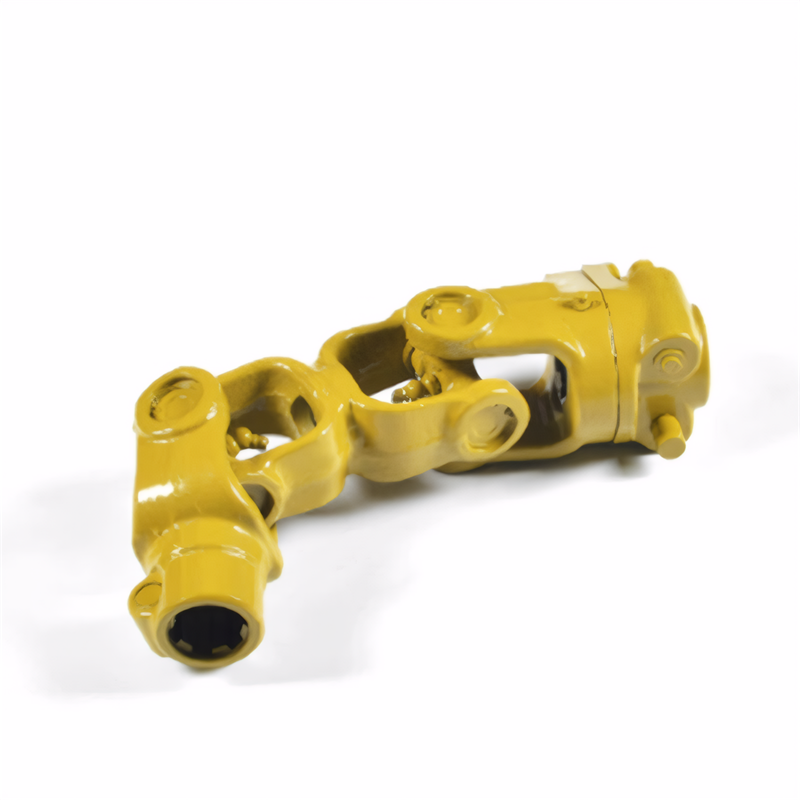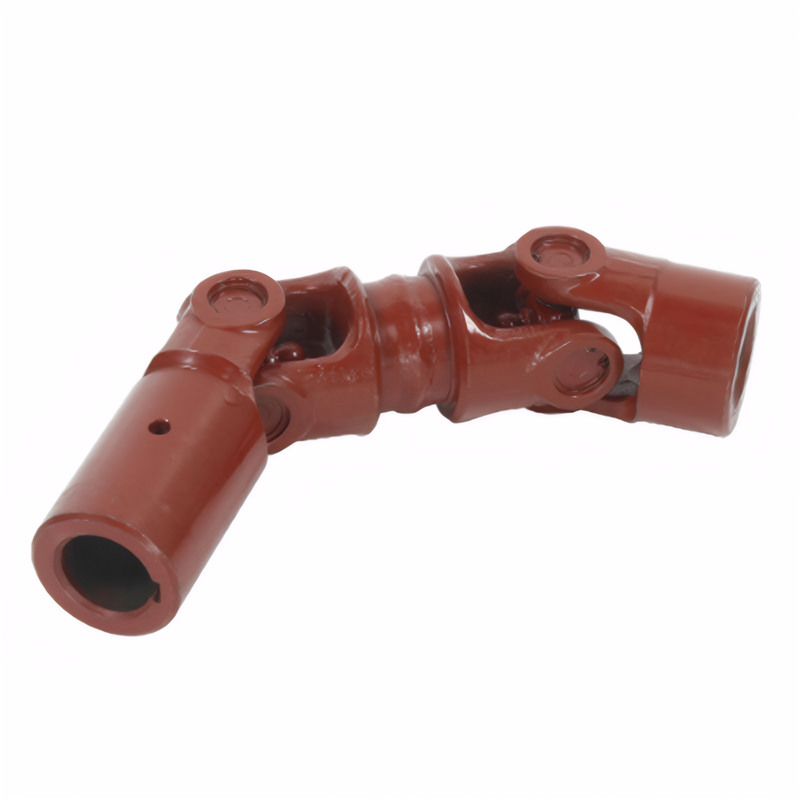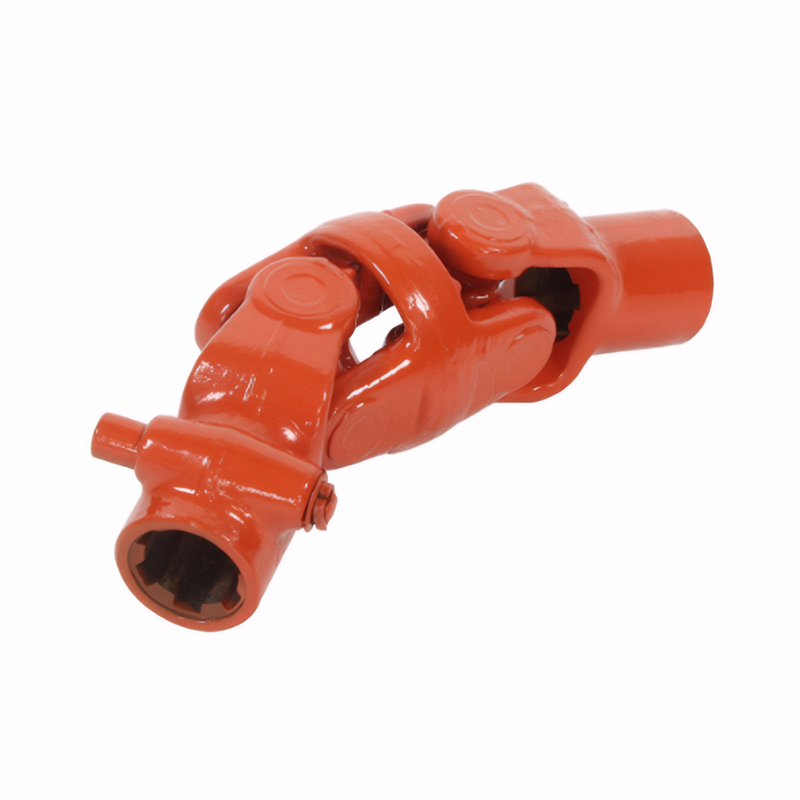Spectral analysis of drive shaft vibration
Spectral Analysis of Transmission Shaft Vibration: Identifying Root Causes Through Frequency Characteristics
Transmission shafts are critical components in automotive and industrial machinery, responsible for transmitting torque between the engine and driven components. However, vibration issues often arise due to mechanical imbalances, misalignment, or component wear, leading to reduced performance and potential failure. Spectral analysis of vibration signals provides a powerful tool for diagnosing these problems by revealing frequency-specific patterns associated with different fault types.
Common Vibration Sources and Their Spectral Signatures
Imbalance-Induced Vibrations
Imbalance occurs when mass distribution along the transmission shaft becomes uneven, causing centrifugal forces during rotation. This manifests as a dominant peak at the rotational frequency (1X) in the vibration spectrum. For example, a shaft rotating at 1,200 RPM will produce a clear 20 Hz peak in the frequency domain. In severe cases, harmonic frequencies (2X, 3X) may also appear due to nonlinear interactions.
Key identification features:
- Single dominant peak at rotational frequency
- Amplitude proportional to rotational speed squared
- Consistent phase across multiple measurement points
Misalignment-Related Vibrations
Misalignment between connected components introduces angular or parallel offsets, generating complex vibration patterns. Angular misalignment typically produces axial vibrations with peaks at 1X and 2X rotational frequencies, while parallel misalignment creates radial vibrations with similar frequency characteristics but different phase relationships.
Spectral indicators:
- Coupled 1X and 2X peaks in radial or axial directions
- Phase difference of 180° between axial measurement points
- Elevated vibration levels at coupling interfaces
Component Wear and Looseness
Worn bearings, loose bolts, or damaged universal joints introduce additional vibration components. Bearings with localized defects generate characteristic frequency bands around the rotational frequency, often accompanied by sidebands spaced at the cage frequency. Loose components may produce subharmonic frequencies (0.5X) or broadband noise due to intermittent contact.
Diagnostic patterns:
- Bearing defect frequencies at multiples of rotational speed
- Subharmonic peaks indicating loose connections
- Elevated high-frequency energy in worn components
Advanced Analysis Techniques for Complex Cases
Time-Frequency Analysis for Transient Events
While traditional spectral analysis assumes steady-state conditions, time-frequency methods like wavelet transforms excel at detecting non-stationary vibrations. This approach proves valuable for diagnosing intermittent faults such as:
- Gear tooth impacts during engagement
- Periodic rubbing in misaligned components
- Transient resonances during load changes
Phase Analysis for Fault Localization
Comparing vibration phase measurements across multiple sensors helps pinpoint fault locations. For instance:
- Angular misalignment shows consistent phase progression along the shaft
- Imbalance exhibits uniform phase across radial measurement points
- Bent shafts produce 180° phase reversal between axial sensors
Modal Analysis for Structural Resonance
When vibration amplitudes become excessive at specific speeds, structural resonance may be occurring. Modal analysis identifies natural frequencies of the transmission system through:
- Operating deflection shape visualization
- Frequency response function measurement
- Coherence analysis between excitation and response
Practical Implementation Considerations
Sensor Placement Strategy
Effective vibration monitoring requires strategic sensor positioning:
- Triaxial accelerometers capture radial and axial components
- Proximity probes measure shaft displacement directly
- Multiple sensors along the shaft length track vibration propagation
Data Acquisition Parameters
Proper measurement settings ensure accurate spectral representation:
- Sample rate at least 2.5 times the highest frequency of interest
- Frequency resolution sufficient to distinguish close-spaced peaks
- Window function selection balancing amplitude accuracy and leakage
Interpretation Guidelines
Successful diagnosis depends on understanding system context:
- Compare current spectra with baseline measurements
- Consider operating conditions affecting vibration levels
- Validate findings through multiple analysis methods
Case Study: Diagnosing a Commercial Vehicle Transmission Shaft
A heavy-duty truck exhibited excessive vibration at 1,800 RPM. Spectral analysis revealed:
- Dominant 30 Hz peak (1X at 1,800 RPM)
- Secondary 60 Hz peak (2X) with 50% amplitude of 1X
- Elevated axial vibration at coupling location
Further investigation confirmed parallel misalignment between the transmission and differential. Corrective realignment reduced vibration levels by 82% and eliminated the 2X peak.
Emerging Trends in Vibration Analysis
Machine learning algorithms are transforming fault diagnosis by:
- Automatically classifying vibration patterns
- Predicting remaining useful life of components
- Identifying multiple concurrent faults
Wireless sensor networks enable continuous monitoring of critical transmission components, while edge computing allows real-time analysis without data transmission delays. These advancements promise earlier fault detection and reduced maintenance costs across industries relying on transmission shafts.
 Accuracy requirements for the
Accuracy requirements for the
 Selection of universal joint t
Selection of universal joint t
 Standard for coaxiality error
Standard for coaxiality error
 Requirements for the surface r
Requirements for the surface r
 简体中文
简体中文 English
English
